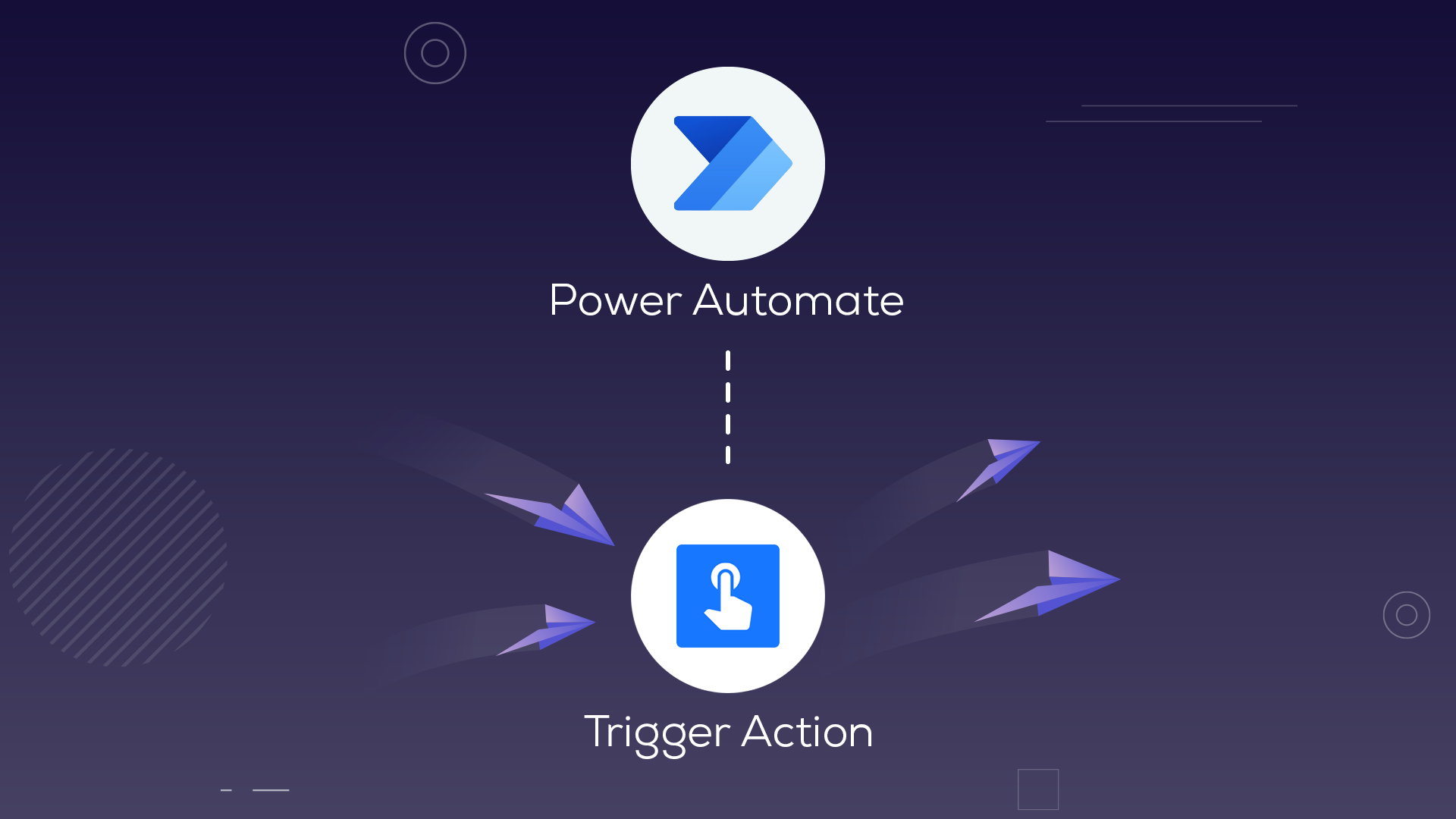Best Practices for Building and Managing Power Automate Flows
As Power Automate becomes an essential tool for streamlining business operations, it's crucial to adopt best practices that ensure your flows are scalable, maintainable, and secure. Whether you're building your first workflow or managing enterprise-level automation, these practices will help you deliver reliable and efficient solutions.

Use Descriptive Naming Conventions
- Give meaningful names to flows, steps/actions, variables, and triggers.
- Helps in quickly understanding and managing the flow later.
- Follow this document for Proper Naming Conventions - Power Automate Naming Conventions
Insert Flows Inside a Solution
- Always build flows inside a solution, not outside of it.
- Solutions support better application lifecycle management, allow for easier export/import, and are required for advanced features like environment variables, child flows, and connection references.
- This practice also helps with proper version control and deployment between environments (Dev → Test → Prod).
Use Environment Variables
- Store configuration values like SharePoint site URLs, list/library names, email addresses, or connection strings in environment variables.
- This reduces the need to update hardcoded values during deployment or migration and simplifies maintenance.
- Changing the value in one place automatically reflects across all flows using that variable.
Handle User Accounts & Flow Ownership
- Avoid using personal or individual user accounts for connections inside a flow.
- Instead, use a dedicated service account with appropriate permissions.
- Always assign co-owners to flows so they remain accessible and manageable even if the original creator leaves the organization or loses access.
Backup and Version Control
- Regularly export flows (as .zip) and store them.
- This allows rollback in case of accidental changes or corruption and provides an audit trail of modifications.
Avoid Hardcoding Static Values
- Do not hardcode things like email addresses, SharePoint URLs, or list names.
- Use expressions, variables, environment variables, or data from triggers/inputs instead.
- This ensures better portability, scalability, and easier maintenance.
Disable Triggers During Development
- When building or modifying a flow, disable it or use conditions that prevent unintended triggering.
- Helps avoid triggering on real data or sending premature notifications during development.
Implement Error Handling
- Use Configure run after settings to gracefully handle errors, timeouts, or failed conditions.
- Consider using Scope containers with separate branches for success, failure, and termination handling.
- Log critical actions and errors to a SharePoint list, Dataverse table, or send notifications (emails, Teams messages) for transparency and easier debugging.
Use Comments and Notes
- Use comments to explain complex logic, expressions, or steps, making the flow easier to understand for others.
- Add Notes within each action to explain what it does. This helps others understand the purpose of each step.
Let’s build a smarter workplace together with Power Automate!